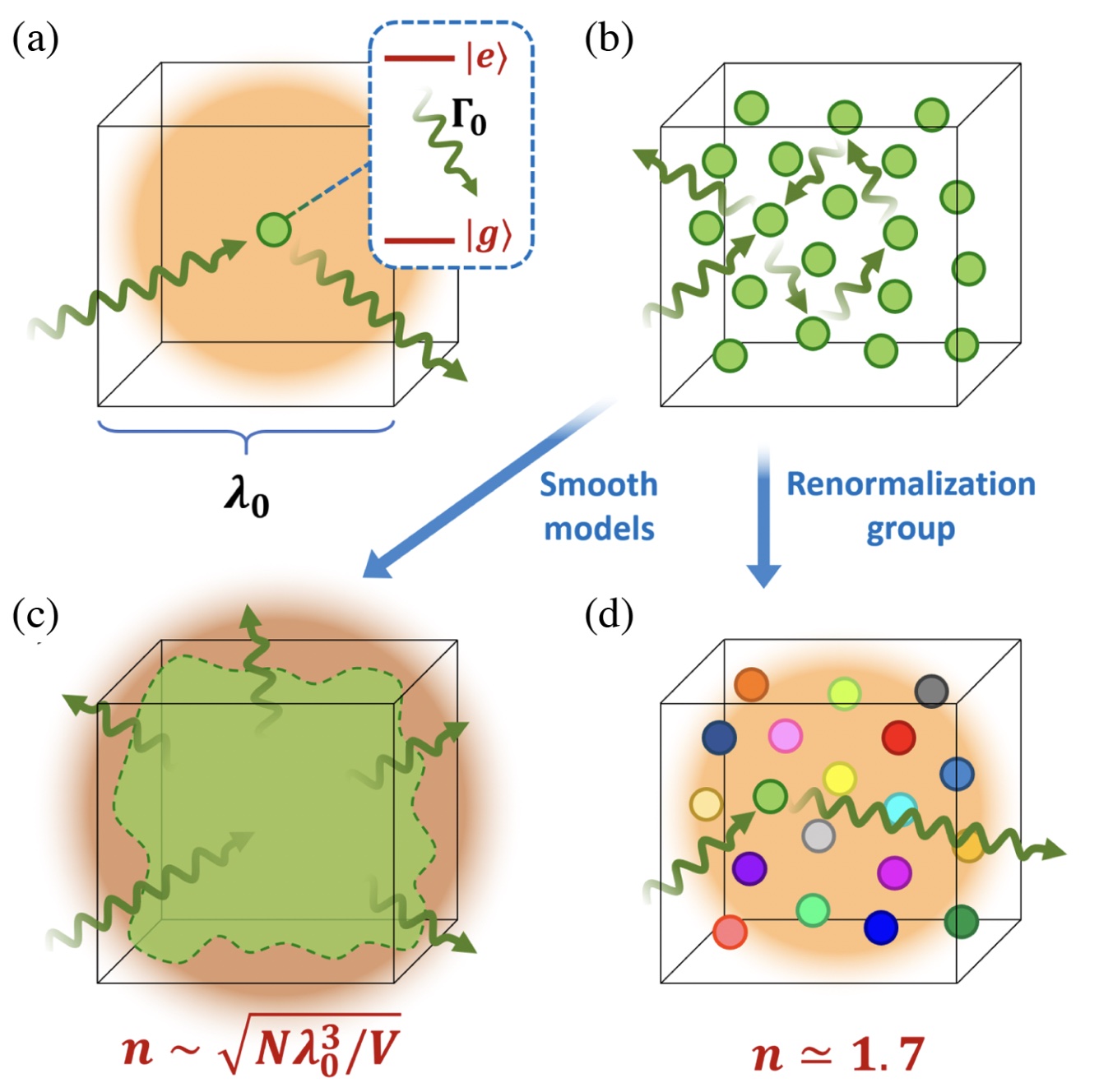The maximum refractive index of optical materials: from quantum optics to quantum chemistry //
Darrick Chang, Institute of Photonic Sciences, Barcelona. GQC Colloquium: Ancience Ecole de Médecine, École de Physique, Auditoire Stueckelberg, Monday April 24 at 12:30pm
It is interesting to observe that all known optical materials have a refractive index that is of order unity at visible/telecom wavelengths. Furthermore, it is not easy to reconcile this with the fact that the individual atoms making up the material are well-known to have a huge optical response near resonance, when isolated, as characterized by a scattering cross section that is much larger than the physical size of the atom. Here, we discuss the role that non-perturbative collective effects and multiple scattering of light have on determining the index of a collection of atoms, starting from the “quantum optics” regime of well- isolated atoms, to the “quantum chemistry” regime relevant for real-life solids. We elucidate various mechanisms by which the index can be limited, either by pure electrodynamic effects or by many-body effects associated with quantum chemistry. We develop a minimal model suggesting that an ultrahigh index material (n~30) with low losses is in principle allowed by the laws of nature. If realizable, such a material would have profound implications for optical technologies, due to the extreme reduction of optical wavelength.

